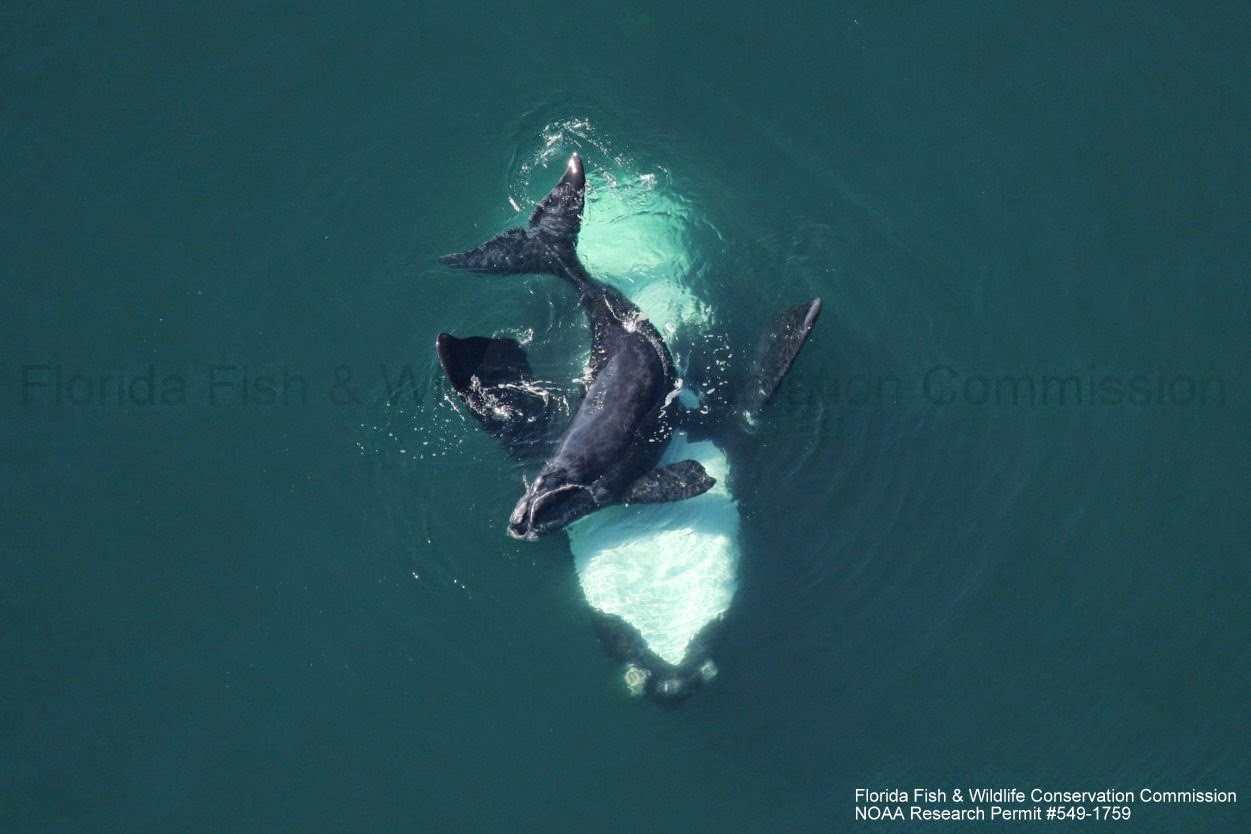On World Oceans Day, the New England Aquarium celebrated the launch of its new
Anderson Cabot Center for Ocean Life in Boston, a scientific endeavor focusing on fisheries conservation and aquaculture solutions, marine mammal research and conservation, habitat and ecosystem health, and marine animal health – a major new initiative for the Aquarium.
“The New England Aquarium has done excellent research and conservation work for 40 years,” said Nigella Hillgarth, the Aquarium’s President and CEO, who marked her second anniversary in late May and sees the Anderson Cabot Center for Ocean Life as the culmination of her work to date to raise the profile and public understanding of the Aquarium’s vital marine science work internationally.
 |
| A scuba diver swims over corals | Photo: B. Skerry |
“The idea of combining our strengths to create a center of excellence that can focus on solving some of the anthropogenic problems of the oceans was the right thing to do,” particularly around climate change, said Hillgarth who lead the creation of the Anderson Cabot Center so scientific research can help shape international conservation policy.
 |
| Matthew A. Beaton, Massachusetts Secretary of Energy and Environmental Affairs, Dr. Nigella Hillgarth, President and CEO, New England Aquarium, Donna Hazard, Chair, Board of Trustees, New England Aquarium, and Carl Spector, Commissioner of the Environmental Department, City of Boston, at launch event for Anderson Cabot Center. |
Hillgarth and the Aquarium’s Board of Directors joined Massachusetts Environmental Secretary Matthew Beaton, National Geographic underwater photographer and Aquarium
Explorer in Residence Brian Skerry along with other dignitaries on Wed. June 8 to celebrate the launch at the Aquarium’s Simons IMAX Theatre.
 |
| Brian Skerry, New England Aquarium Trustee and National Geographic Photographer, Linda Cabot, New England Aquarium Trustee, and Ed Anderson at launch event for Anderson Cabot Center. |
Linda Cabot and Ed Anderson of Westwood are the lead donors of the
Anderson Cabot Center for Ocean Life. Longtime sailors and founders of North Bridge Venture Partners, they have devoted their lives to the ocean and feel that the ocean is vulnerable and in need of more critical scientific understanding and protection.
“The ocean is the earth’s life force in many ways, in terms of providing nearly half the oxygen we breathe, protein for most of humankind, and in determining our weather,” said Cabot who has been on the Aquarium’s board of trustees since 2014. “There are tipping points. There is a time to take action. There is a necessity to try to address these issues. We feel now a sense of urgency like never before.”
 |
| Anderson Cabot Center scientists collect a sample of expiration, or blow, from a North Atlantic right whale. |
The Anderson Cabot Vice President is Dr. John Mandelman, a respected researcher of sharks, cod, haddock, cusk, and thorny skates at the New England Aquarium for 17 years and the previous Director of Research. Mandelman looks forward to offering “solutions-based science” with this new initiative. The goal is to be enterprising and problem solving with the research that is gathered by the scientific team which has longtime expertise in North Atlantic right whales, bycatch, aquaculture, sea turtles, lobsters, coral reefs, marine protected areas, and other marine animals.
“Ultimately we want to unite two traditionally distinct, yet powerful programs to support the mission of the Aquarium and increase our capacity to mitigate human impact on our oceans through rigorous science,” Mandelman said. “The Anderson Cabot Center can set itself apart as an urban research institution by leveraging the Aquarium’s reach, its reputation, educational resources, and respect within the greater community in order to conduct important research to protect our oceans.”
 |
Dr. Nigella Hillgarth, President and CEO, New England Aquarium and Dr. Mark Abbott, President and Director, Woods Hole Oceanographic Institution, at launch event for Anderson Cabot Center.
|
Key to the Anderson Cabot Center work will be to continue to collaborate with fishermen, government agencies, non-governmental organizations, engineers, and other scientists. In the field of bycatch research, for example, Aquarium scientists have been working with fishermen to come up with fishing gear adaptations to help mitigate entanglement and overfishing problems.
For 35 years, the Aquarium has been a leader in
North Atlantic right whale research, discovering that the numbers of endangered whales were depleting due to ship strikes and entanglement problems. The Aquarium’s right whale researchers convinced policymakers to move international shipping lanes to lesser-used areas of the whales’ habitats, and the result has been a reduction in ship strikes by at least two a year.
The Anderson Cabot Center for Ocean Life will build on the Aquarium’s clinical research on
cold-stunned sea turtles, shell disease in lobsters, and emerging endocrinology research in marine species, helping to discover the cause of the problems and then offer solutions. The Aquarium’s enterprising work in the
Phoenix Islands Protected Area and the Marine Conservation Action Fund will also continue as part of the work.



















































